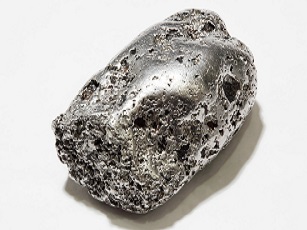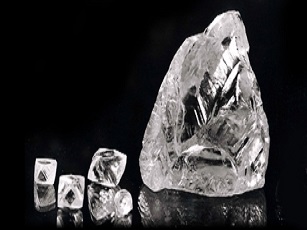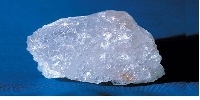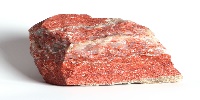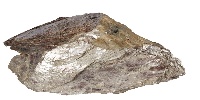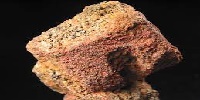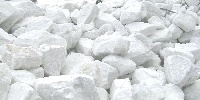Rhenium Mining
RHENIUM:
Rhenium ranks as the 77th most abundant element on Earth. It doesn't occur in major ores or chemical compounds in nature, making direct mining of it seemingly impossible. However, it is found in association with many minerals, ranging from 0.0001% to 0.3%. Molybdenite is the primary commercial ore for extracting rhenium, containing an average of 0.2% rhenium. Chile is the largest producer of rhenium, accounting for half of the global production from its copper deposits.
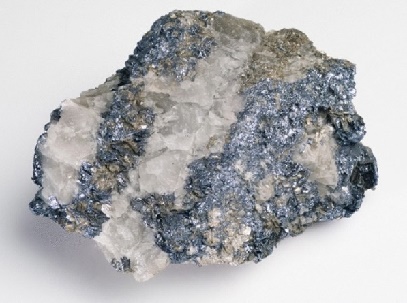
MINING:
Molybdenite, the primary ore for rhenium extraction, is mined using both the open-pit and underground cave methods. Open-pit methods are predominantly used in regions where the ore is close to the surface, including some copper mines with minimal molybdenite deposits. The open-pit technique is slightly less expensive than underground mining.
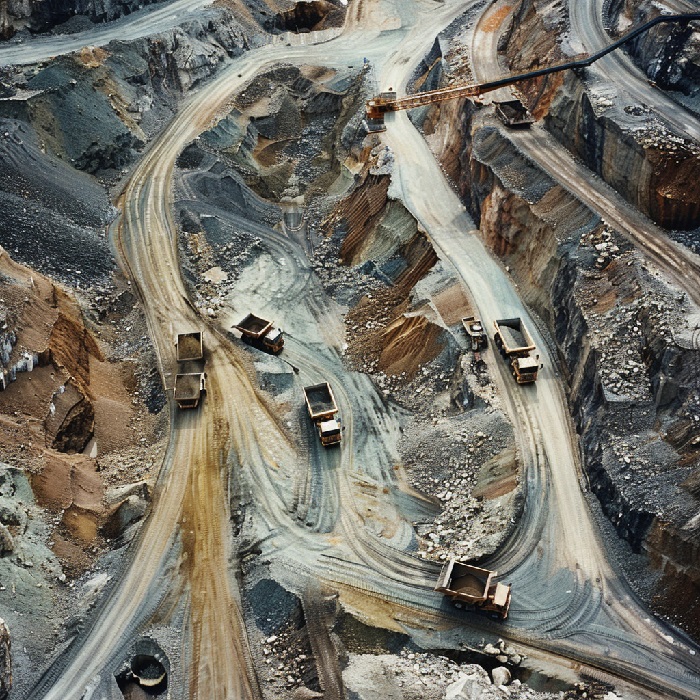
The underground caving technique is confidently employed in areas with rich molybdenite ore buried deep in the soil. In this method, rocks are allowed to collapse under their own weight and are then brought to the surface for processing. This extraction method is only implemented in financially robust mines due to its high cost. Rhenium extraction primarily occurs in the byproduct mines of molybdenite and copper.
EXTRACTION OF RHENIUM:
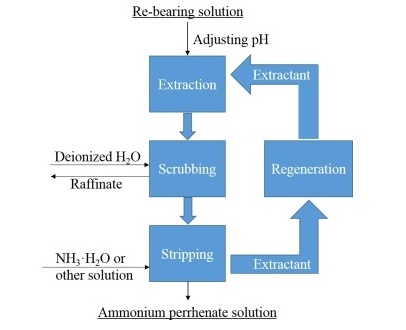
The extraction of rhenium can be done through the smelting of molybdenite ore or the electrolytic refining of copper.
by smelting molybdenite:
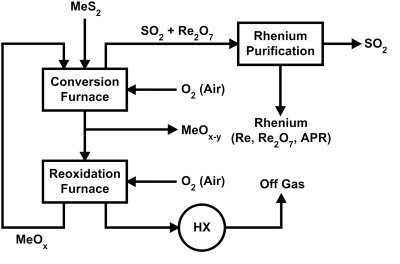
The smelting process of molybdenite metallic ore initially starts with the roasting of ore in the presence of oxygen. Through this process, the rhenium in the ore gains oxygen and converts into an inorganic anhydrous compound, Rhenium (VII) oxide (Re₂O₇).
The anhydrous Re₂O₇, which is yellow in color, is collected from flue dusts and gases. The anhydrous rhenium is dissolved with water, producing perrhenic acid. The resulting perrhenic acid is precipitated with ammonium chloride to produce perrhenate salts (NH₄ReO₄). Finally, the perrhenate salts are reduced by hydrogen to obtain rhenium metal.
by electrolytic refining of copper:
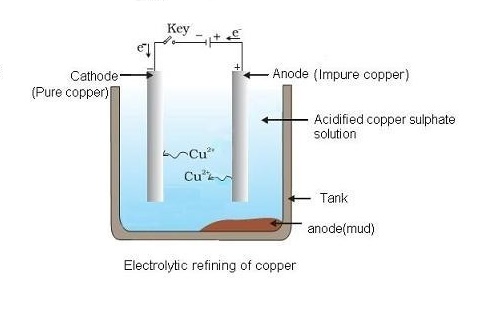
Copper sulphate (CuSO4) is introduced into the electrolytic refining process with concentrated sulphuric acid as an electrolyte. As the refining begins, impurities and other compounds settle as anode sludge. From the anode sludge, the rhenium is roasted into Rhenium (VII) oxide (Re2O7). Then, Re2O7 is mixed with water to produce perrhenic acid. The resulting acid is converted to perrhenate salt (NH4ReO4). Finally, the salt is reduced to metallic rhenium by hydrogen.
These are the major extraction techniques employed by industries for the commercial production of rhenium. Rhenium is discovered in the form of rheniite (ReS2) on Iturup Island in the Kurile Islands of Russia and Pagoni Rachi deposits in northeastern Greece. The producers of rhenium worldwide include Chile, Poland, the United States of America, Uzbekistan, and Kazakhstan. The global production of rhenium accounts for about 50,000 metric tons.
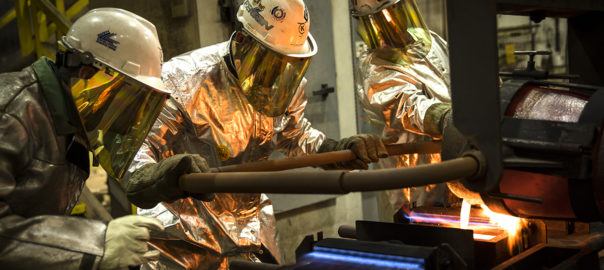
APPLICATIONS:
Rhenium is one of the rarest elements in Earth's crust, with an average concentration of 1 ppb; other sources quote the number as 0.5 ppb, making it the 77th most abundant element in Earth's crust. Rhenium is most likely not found free in nature, but occurs in amounts up to 0.2% in the mineral molybdenite, the major marketable source, although single molybdenite samples with up to 1.88% have been found. Chile has the world's major rhenium reserves, which are part of the copper ore deposits, and was the leading producer as of 2005.
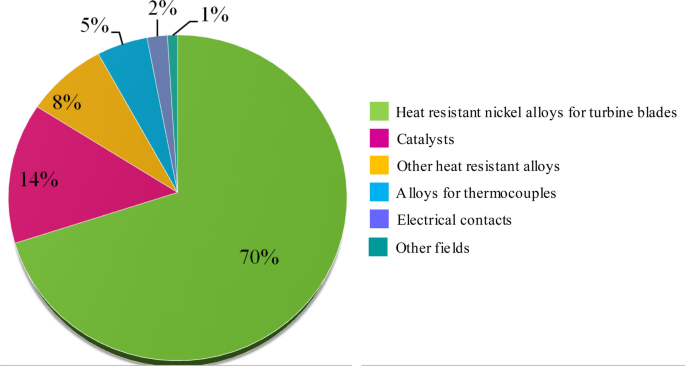
Related Mining

